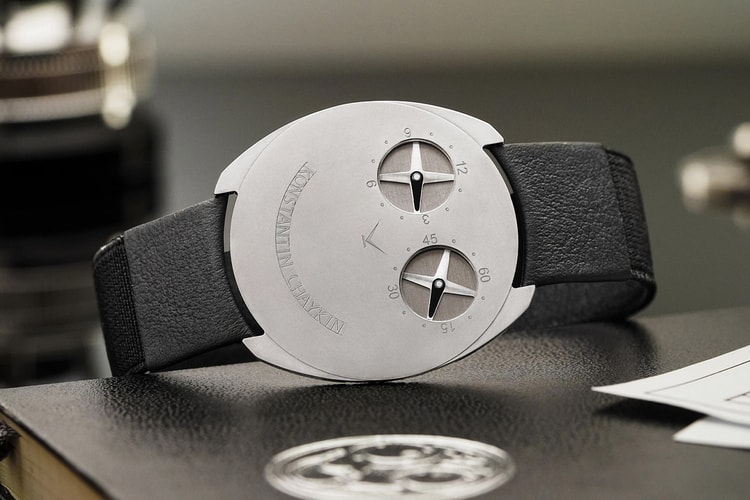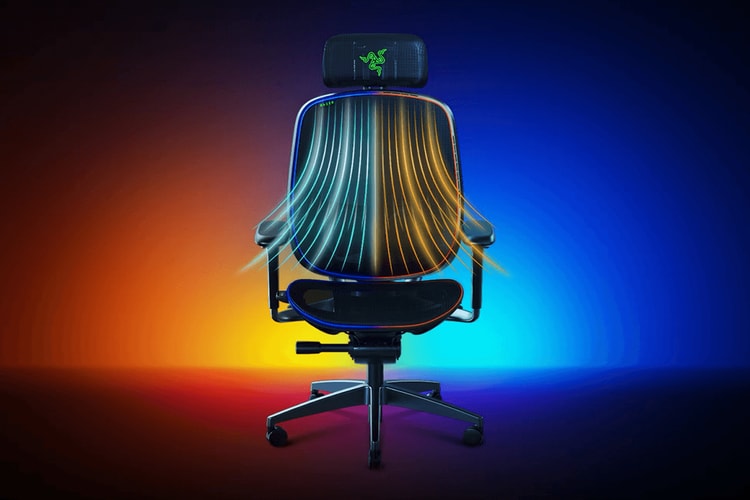Researchers Have Invented the World's Thinnest Solar Cells
They’re so light they can float on the surface of a bubble.


Researchers at MIT have created the world’s thinnest and lightest solar cells. The innovative breakthrough comes as a future solution to sustainable and efficient energy sources and these cells are so light they can rest on the surface of a regular soap bubble without popping it. Future applications for such cells are endless, from being embedded onto paper to being utilised by spacecrafts, applied to smartphones, or sewn into clothing, unfelt by wearers. It took MIT Associate Dean for Innovation and Professor of Emerging Technology Vladimir Bulović and research associates Annie Wang and Joel Jean years to engineer these solar cells to be as light, thin and energy-efficient as they are, and they are powerful beyond measure when you consider power-to-weight ratio; the cells make an astounding 400 times higher the watt output than your average silicon-based solar module in today’s market. Stay tuned as we await more official news from MIT.
















